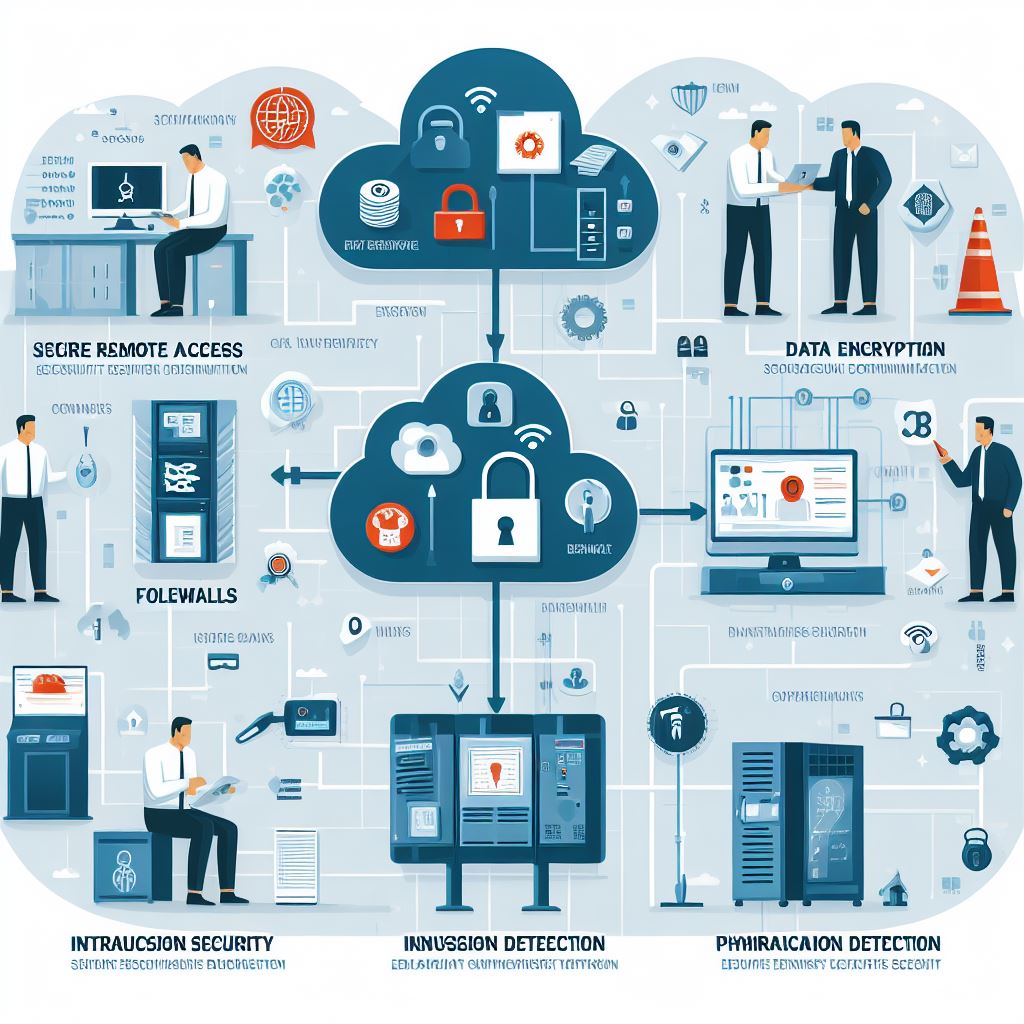Introduction In the realm of vertical construction, high-rise buildings present unique challenges for MEP (Mechanical, Electrical, and Plumbing) engineers. From

In today’s digital age, cybersecurity is a critical concern for all industries, including the HVAC industry. With the increasing use of connected devices and the internet of things (IoT), the risk of cyber attacks on HVAC systems has become a significant threat. In this blog post, we’ll explore some innovative strategies for cybersecurity in HVAC design for residential buildings. We’ll discuss how HVAC design can be integrated with MEP design to create secure and resilient systems, and how these strategies can be implemented in new and existing buildings. At InnoDez Design and Engineering Company, we provide MEP design and engineering services that can help you implement these innovative cybersecurity strategies in your building. Contact us today to learn more!
Cybersecurity is essential in HVAC design for residential buildings because it helps protect against cyber attacks that can compromise the safety and security of the building’s occupants. Cyber attacks on HVAC systems can result in data breaches, system failures, and even physical damage to the building. By implementing innovative cybersecurity strategies, HVAC systems can be made more secure and resilient, protecting against these threats.
Here are some innovative strategies for cybersecurity in HVAC design for residential buildings:
Network segmentation is an innovative strategy that can be used to improve cybersecurity in HVAC design for residential buildings. Network segmentation involves dividing the building’s network into smaller, more manageable segments, each with its own security controls. This approach can help prevent cyber attacks from spreading throughout the network, limiting the damage that can be done.
Access control is another innovative strategy that can be used to improve cybersecurity in HVAC design for residential buildings. Access control involves limiting access to the building’s HVAC system to authorized personnel only. This approach can help prevent unauthorized access to the system, reducing the risk of cyber attacks.
Encryption is an innovative strategy that can be used to improve cybersecurity in HVAC designs for residential buildings. Encryption involves converting data into a code that can only be read by authorized personnel. This approach can help protect against data breaches and other cyber attacks that can compromise the security of the building’s HVAC system.
Intrusion detection and prevention is an innovative strategy that can be used to improve cybersecurity in HVAC design for residential buildings. Intrusion detection and prevention involves monitoring the building’s network for signs of cyber attacks and taking action to prevent them. This approach can help protect against cyber attacks that can compromise the safety and security of the building’s occupants.
Cybersecurity is a critical concern for HVAC design in residential buildings. By implementing innovative cybersecurity strategies such as network segmentation, access control, encryption, and intrusion detection and prevention, HVAC systems can be made more secure and resilient, protecting against cyber attacks that can compromise the safety and security of the building’s occupants. At InnoDez Design and Engineering Company, we provide MEP design and engineering services that can help you implement these innovative cybersecurity strategies in your building. Contact us today to learn more!
About Author
InnoDez